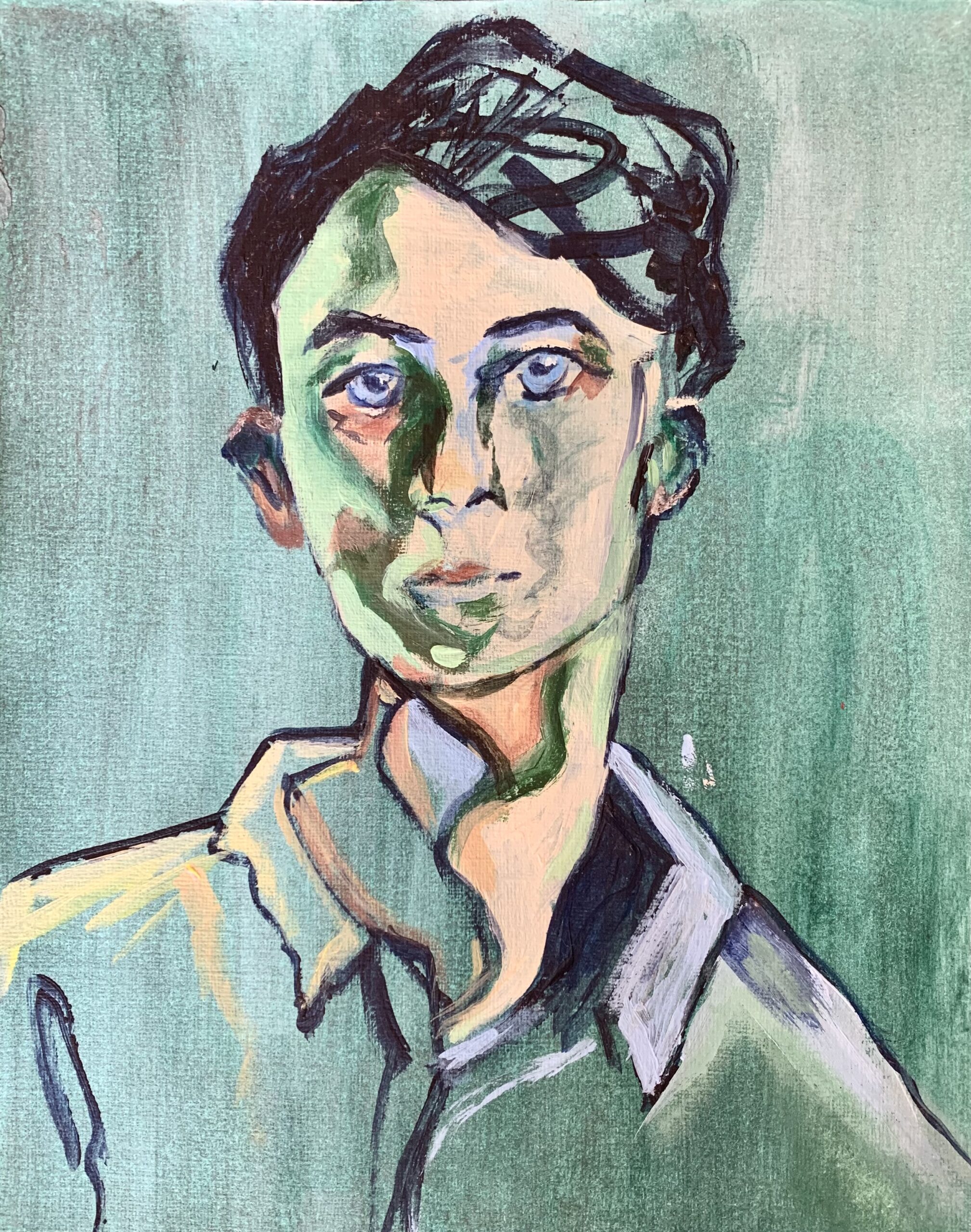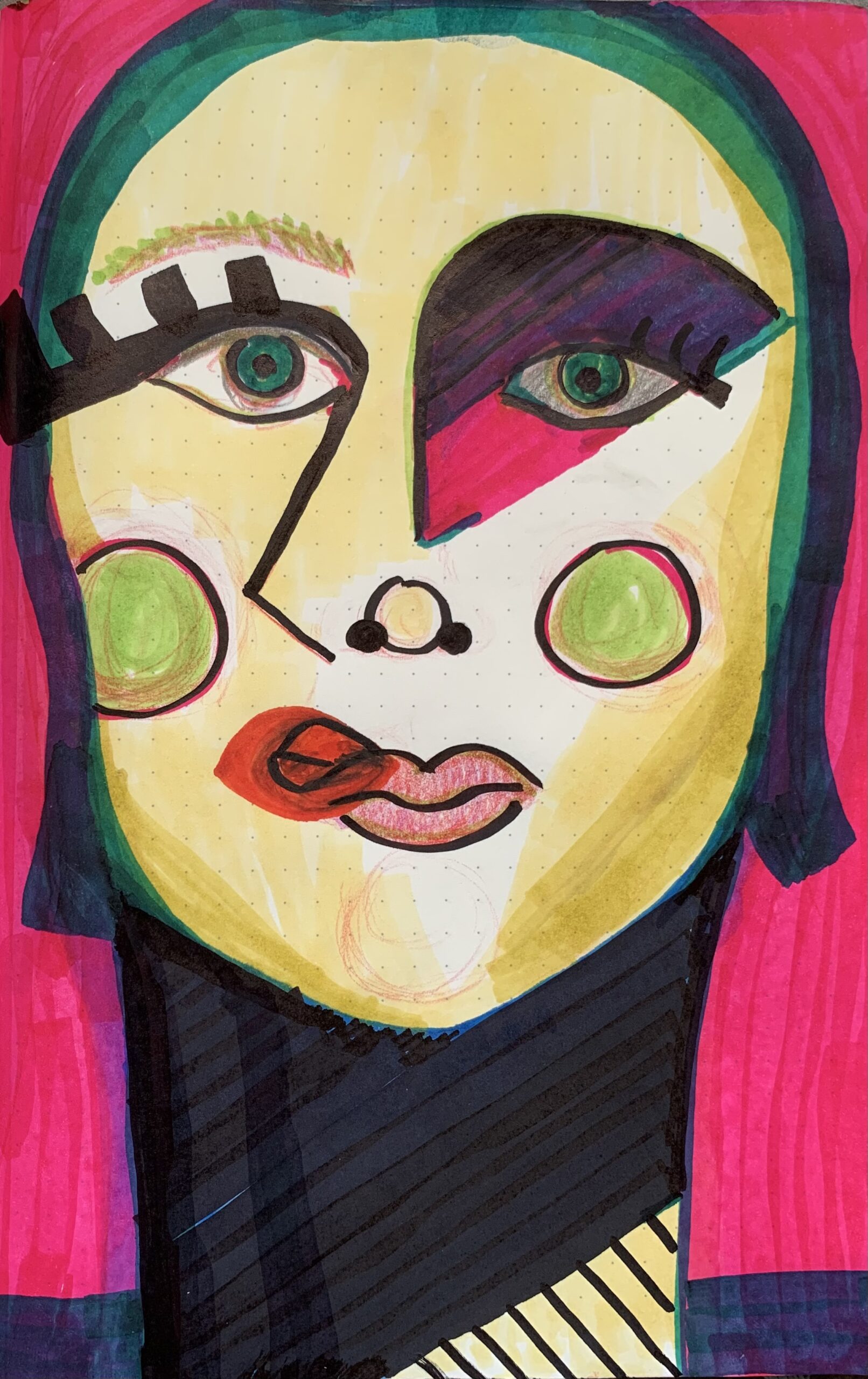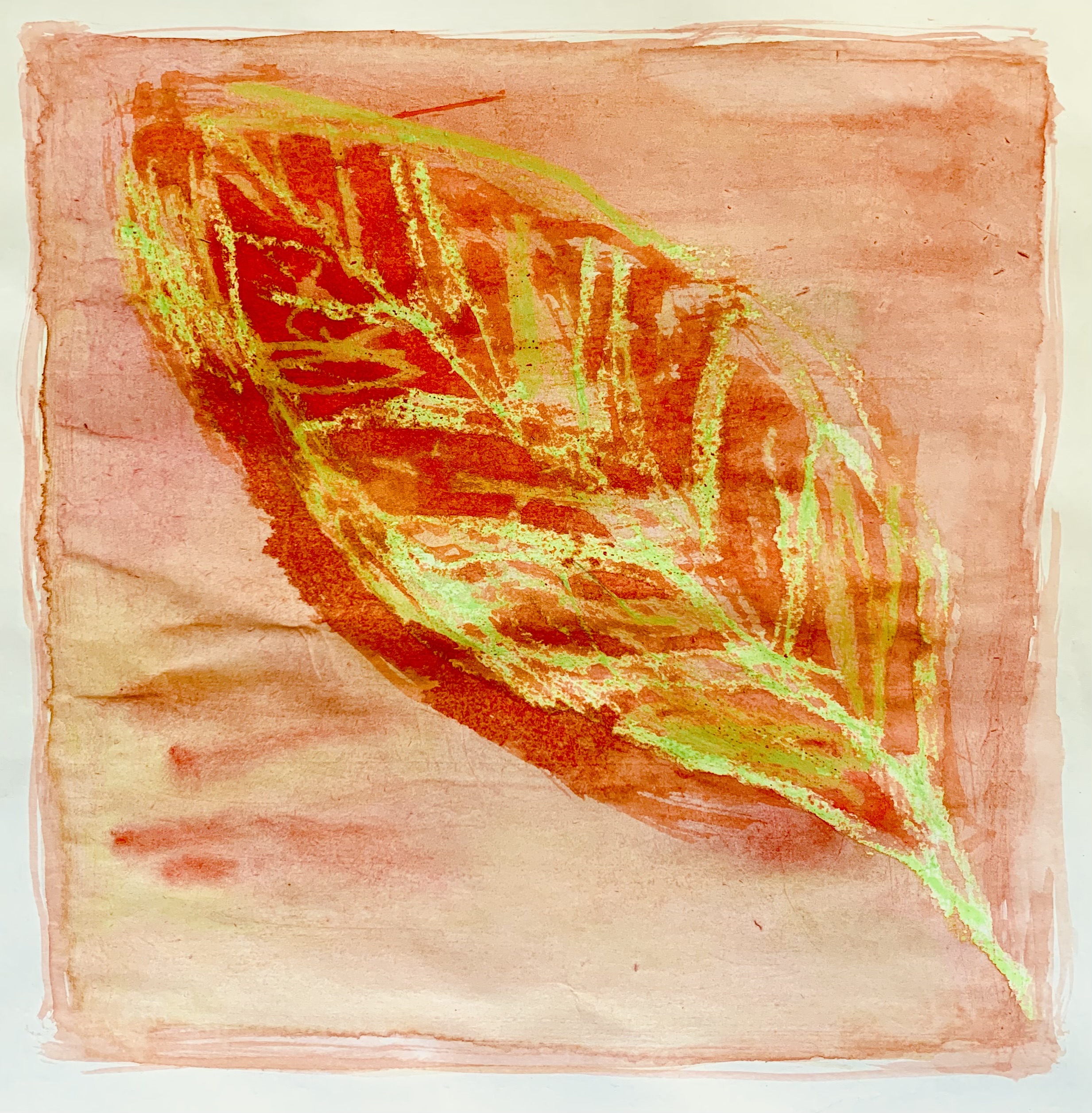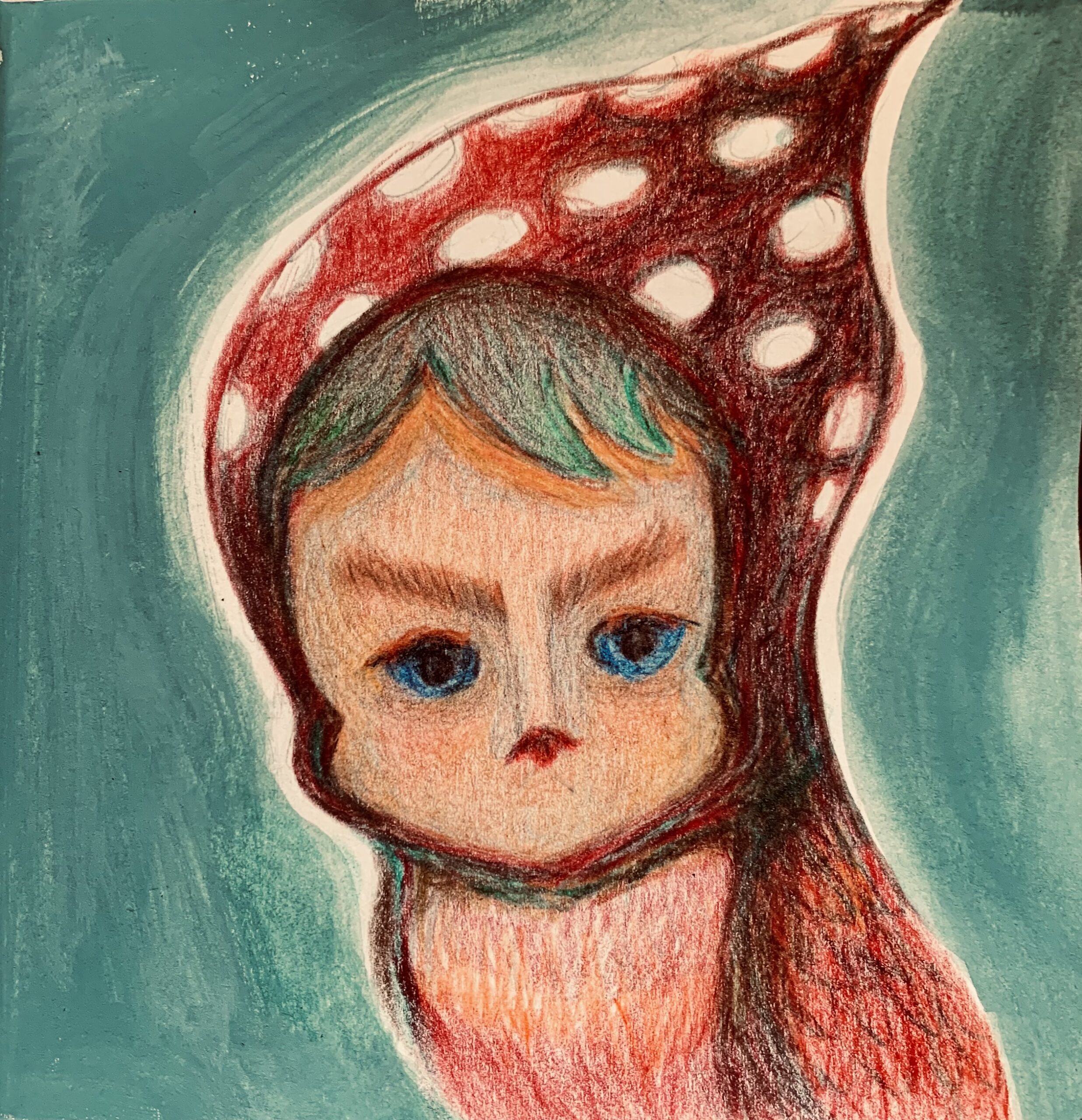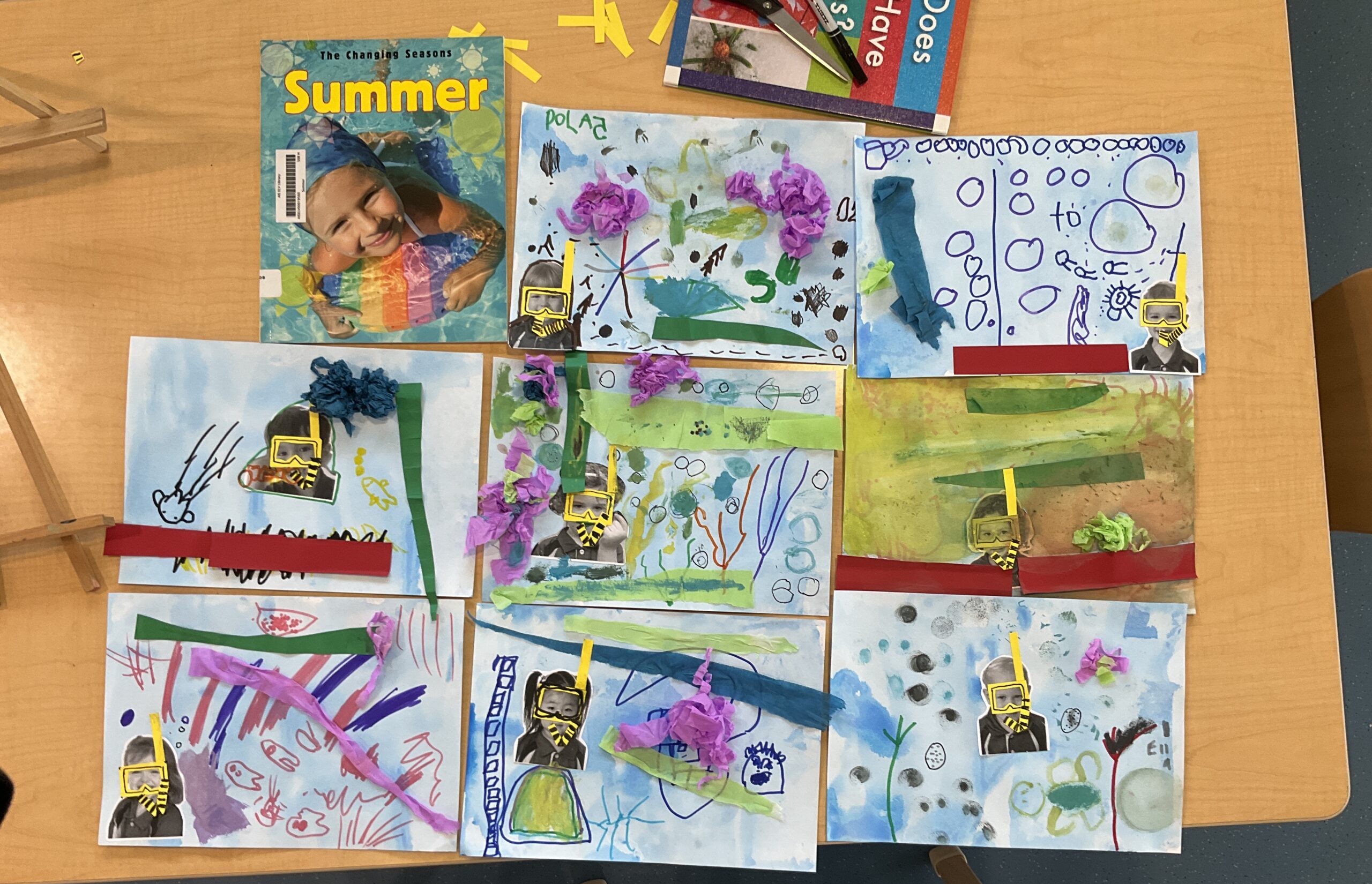🎨 Art Lesson: Painting Through Emotion – Picasso’s Blue Period
Intro: Why So Blue?
Between 1901 and 1904, Pablo Picasso went through one of the most emotionally expressive phases of his career—The Blue Period. Deeply affected by the death of a close friend and his own experiences with poverty and depression, Picasso turned to a moody palette of cool blues, muted greens, and somber tones to portray themes of sorrow, isolation, and human struggle.
The figures in these works—blind beggars, mothers and children, and melancholic portraits—are tender, quiet, and introspective. This was Picasso painting not just faces, but feelings.
🎨 Famous Works of the Blue Period:
- The Old Guitarist (1903) – A haunting image of a blind man cradling his guitar, almost absorbed by the blue tones around him.
- La Vie (1903) – A complex, symbolic work reflecting on life, love, and loss.
- Woman with Folded Arms (1902) – One of many portraits where posture and color do all the emotional heavy lifting.
🖌️ Art Project: Blue Period Portraits – Paint a Friend with Feeling
Objective: Create a painted portrait of a friend using acrylics in the spirit of Picasso’s Blue Period. Focus on emotional tone rather than realism. Use only shades of blue and green with a few small accents of a contrasting color (such as orange or red) to draw attention or create tension.
Materials Needed:
- Acrylic paints: various blues (cerulean, ultramarine, cobalt), green (sap or viridian), white, black
- A small amount of a contrasting warm color: burnt sienna, cadmium red, or orange
- Canvas or thick paper
- Brushes of different sizes
- Reference photo of a friend (or have them sit for you!)
- Palette and water cup
Step-by-Step Instructions:
- Study the Face Emotionally, Not Just Physically
Look at your subject with Picasso’s mindset—try to paint how they feel, not just how they look. Are they calm, thoughtful, anxious, confident? - Sketch the Portrait
Lightly draw the portrait on your canvas. Keep it simple. Don’t worry about perfection—expression comes first. - Choose Your Blues
Mix various shades of blue and green. Try layering or blending them to create depth and emotion. Think about where you want lighter tones and where shadowy, deep blues can add mystery or sadness. - Add Accents Sparingly
Use your contrasting warm color in only a few key places. Maybe in the eyes, the background, or a single piece of clothing. These small bursts of color can change the entire energy of your piece. - Let It Be Raw
This is not about perfect blending or flawless anatomy—it’s about feeling. Loose brushwork, texture, and visible emotion will bring your portrait to life. - Reflect and Share
After your painting is done, take a moment to think about how it feels. Does it reflect something more than just the face? Share your work with others and talk about your process and emotional choices.
🎭 Wrap Up: Art That Listens
Picasso’s Blue Period wasn’t just about color—it was about listening to the soul and responding with paint. This project lets you channel that energy into a personal, expressive portrait. By limiting your palette and focusing on emotion, you’ll tap into something deeper than just what meets the eye.
Happy painting—and remember, sometimes, it’s okay to be blue. 💙


